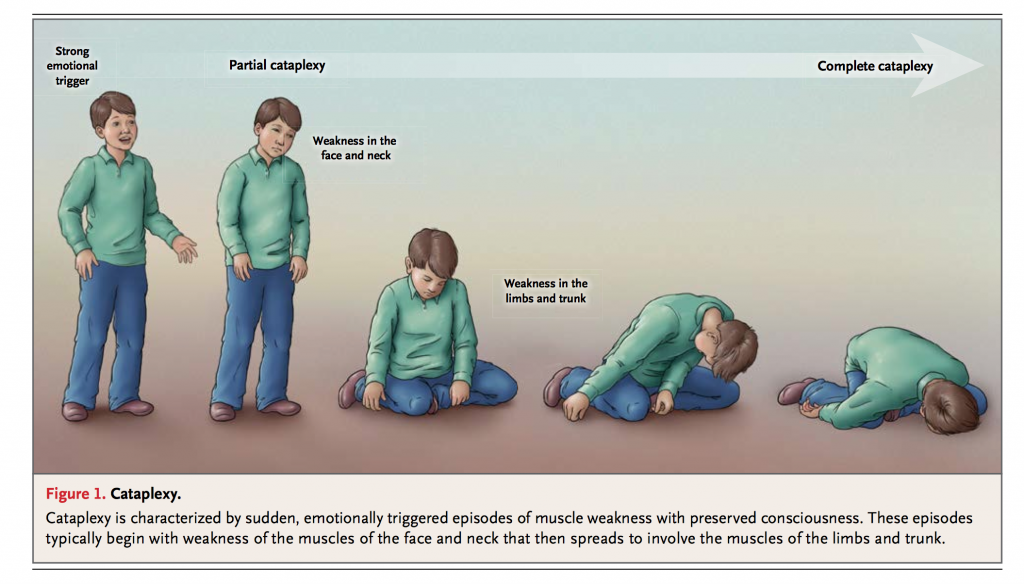


#Cataplexy in narcolepsy update
This chapter starts with an overview of the clinical aspects of narcolepsy, followed by an update on the pathophysiology. As hypocretins are involved various hypothalamic functions, hypocretin-deficient narcolepsy appears now to be a more complex condition than just a simple sleep disorder. This recent discovery is likely to lead to the development of new diagnostic tests and targeted treatments.

Mutations in hypocretin-related genes are rare in humans, but hypocretin ligand deficiency is found in many cases. Hypocretins/orexins are novel hypothalamic neuropeptides also involved in various hypothalamic functions such as energy homeostasis and neuroendocrine functions. South East London Shared Care Prescribing Guideline for the management Narcolepsy (+/- Cataplexy) and Idiopathic Hypersomnia in adults stimulant therapy and anti-cataplectic agents Date approved: August 2018 Review date: August 2021 (or sooner if evidence or practice changes) South East London Area Prescribing Committee. The major pathophysiology of human narcolepsy has been elucidated recently based on the discovery of narcolepsy genes (hypocretin/orexin ligand and its receptor) in animals. Narcolepsy is a chronic neurological condition, but is not a progressive disorder. In the current international classification, narcolepsy is characterized by “excessive daytime sleepiness that is typically associated with cataplexy and abnormal REM (rapid eye movement) sleep phenomena such as sleep paralysis and hypnagogic hallucinations”. The term “narcolepsy” was first coined by Gélineáu in 1880 with the complete description of a patient with excessive daytime sleepiness (EDS), sleep attacks, and episodes of muscle weakness triggered by emotions.


 0 kommentar(er)
0 kommentar(er)
